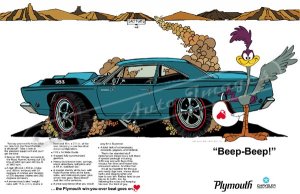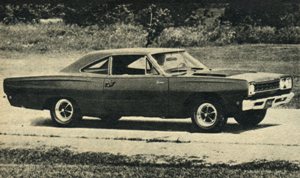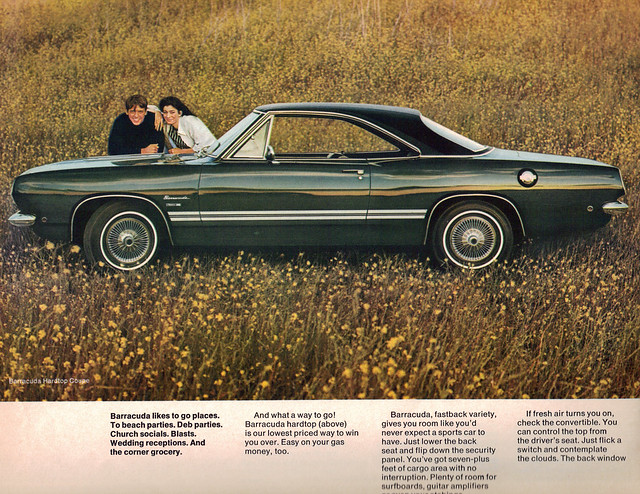mikedevore
Well-Known Member
The mid-high 14 second times of these performance cars is interesting. Some while back, I put together a 383 1972 Valiant 4 door. I used only the finest in used junk, a 60,000 mile 1965 383 2 bbl. engine, no internal mods at all beyond lapping in the valves. It was a good thing I pulled the heads to verify internal condition, as 1 exhaust valve had a nice "V" burnt into it. A used valve from another head fixed that.
This engine was rated at 9.2/1 compression, and 270 HP. I added a factory cast iron intake, and an untouched Holley 600 cfm vacuum secondary carb. Exhaust was 2", (not a typo), pipes to cheap mufflers off of the stock C body log manifolds. The trans was a 727 from a Newport with a stock converter, a home brewed shift kit, and 120,000 miles on it. An 8-3/4 Sure Grip rear with cruiser 2.76 gears rounded out the drive train. With worn out M/T 14" S/S tires out back, it ran 14.80's with no tuning, using only first and second gear. The car weighed 3,240#, and I'm over 200. Why a performance car didn't fare any better I don't know.
Track prep & tires have come a long way since back in the day.
My Wifes 300C wil blow the tires off with the taction control turned off, but hooks solid at the track running 14.20's while weighing in at 4100LBS.
Apples to Oranges when trying to compare ET's from back in the day to present day.
Even Drag Slicks have made leaps & bounds in advancement.




















